Jensen Huang is one of the most influential figures in the tech industry, known for his leadership as the co-founder and CEO of Nvidia, a company that revolutionized graphics processing units (GPUs) and artificial intelligence (AI). Under his guidance, Nvidia has grown from a small startup into one of the most valuable tech companies in the world. But what makes Jensen Huang so special? How did he go from a computer science enthusiast to a billionaire CEO? Let’s dive deep into his life and career.
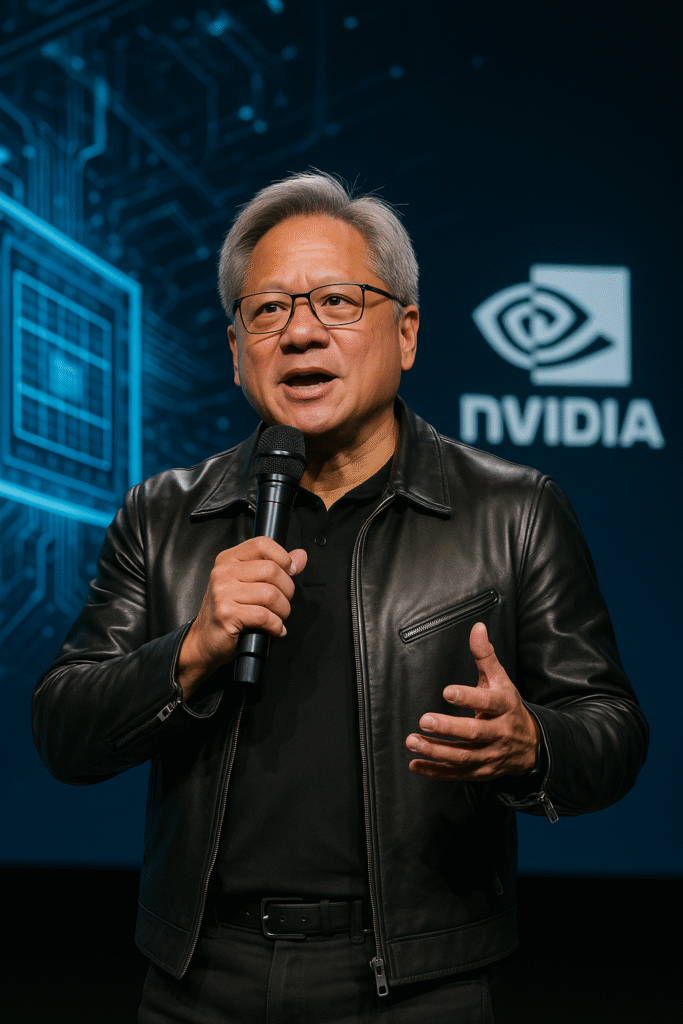
Early Life and Education
Jensen Huang was born on February 17, 1963, in Taipei, Taiwan. His family moved to the United States when he was young, and he was raised in Oregon. From a young age, Huang showed an interest in technology and computers. He later enrolled at Oregon State University, where he earned a Bachelor’s degree in Electrical Engineering. After completing his undergraduate studies, Huang pursued a Master’s degree in Electrical Engineering at Stanford University.
Huang’s passion for technology led him to explore how computer graphics could be used to enhance the computing experience. This interest, combined with his academic background, would serve as the foundation for his groundbreaking work at Nvidia.

The Founding of Nvidia
In 1993, Jensen Huang co-founded Nvidia with Chris Malachowsky and Curtis Priem. The company was initially focused on creating graphics processing units (GPUs) that could accelerate computer graphics and 3D rendering. At the time, the computer graphics industry was growing rapidly, but there was a lack of specialized hardware to handle the increasing complexity of visual computing.
Huang’s vision was to create a company that would provide cutting-edge graphics technology, which was crucial for the entertainment and gaming industries. In 1995, Nvidia launched its first product, the NV1, which was the first commercial graphics card to combine 2D graphics, 3D graphics, and audio. Although it did not find widespread success, it laid the groundwork for Nvidia’s future innovations.
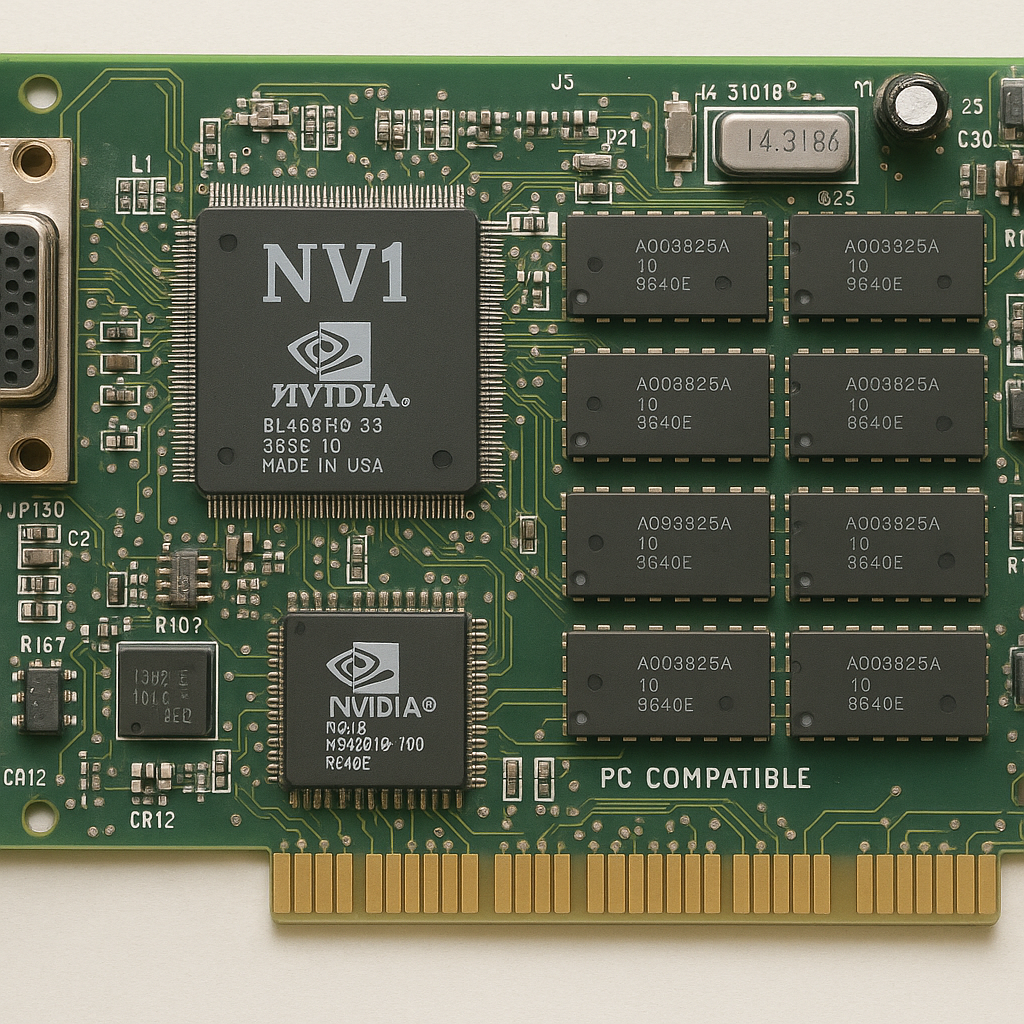
Nvidia’s Rise Under Huang’s Leadership
Despite early challenges, Nvidia soon became a leader in the GPU market. The breakthrough came in 1999 when Nvidia launched the GeForce 256, the world’s first GPU. This product changed the way people interacted with computers, especially in the realms of gaming and digital graphics.
Under Huang’s leadership, Nvidia shifted from being a niche player in the graphics industry to a dominant force. By the mid-2000s, Nvidia had established itself as the market leader in GPU technologies, with its GeForce, Quadro, and Tesla product lines being widely adopted across multiple sectors.
But Huang didn’t stop there. His forward-thinking approach and vision for the future led Nvidia into new areas of technology, including artificial intelligence (AI), deep learning, and autonomous driving.
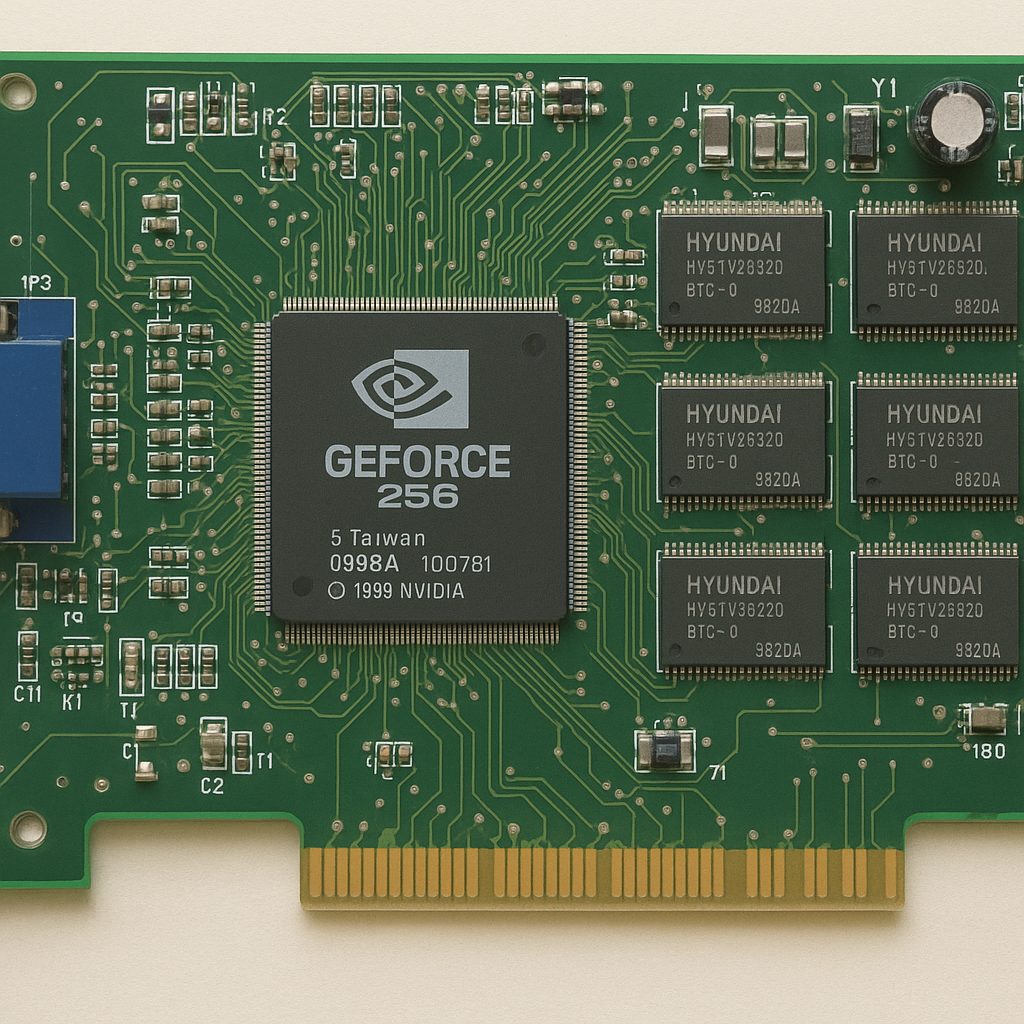
The Shift Toward Artificial Intelligence
One of Huang’s most visionary moves was steering Nvidia into the world of artificial intelligence (AI). In the mid-2010s, Huang recognized the potential of deep learning and machine learning, which would go on to revolutionize many industries. He shifted Nvidia’s focus toward providing AI-powered solutions, leveraging the power of GPUs to accelerate deep learning algorithms.
In 2016, Nvidia introduced Nvidia Pascal, a new architecture designed specifically to handle the massive computational demands of AI workloads. By enabling faster processing, Nvidia’s GPUs became the backbone of AI research, allowing companies and research institutions to develop self-driving cars, speech recognition systems, and AI-powered devices.
Under Huang’s leadership, Nvidia’s role in AI became critical. Today, Nvidia GPUs are used by major tech companies such as Google, Amazon, Facebook, and Tesla for their AI-powered applications.

Nvidia and the Gaming Revolution
Gaming has always been at the core of Nvidia’s success. The company’s GeForce series of GPUs became synonymous with high-performance gaming. As gaming technology advanced, Nvidia was at the forefront, pushing the boundaries of what was possible in visual computing. Huang’s leadership ensured that Nvidia was the go-to brand for gamers around the world.
In recent years, Nvidia has introduced several groundbreaking technologies for gamers, including real-time ray tracing, DLSS (Deep Learning Super Sampling), and Nvidia G-Sync. These innovations have made gaming more realistic and immersive than ever before, further cementing Nvidia’s position as the leader in the gaming tech space.
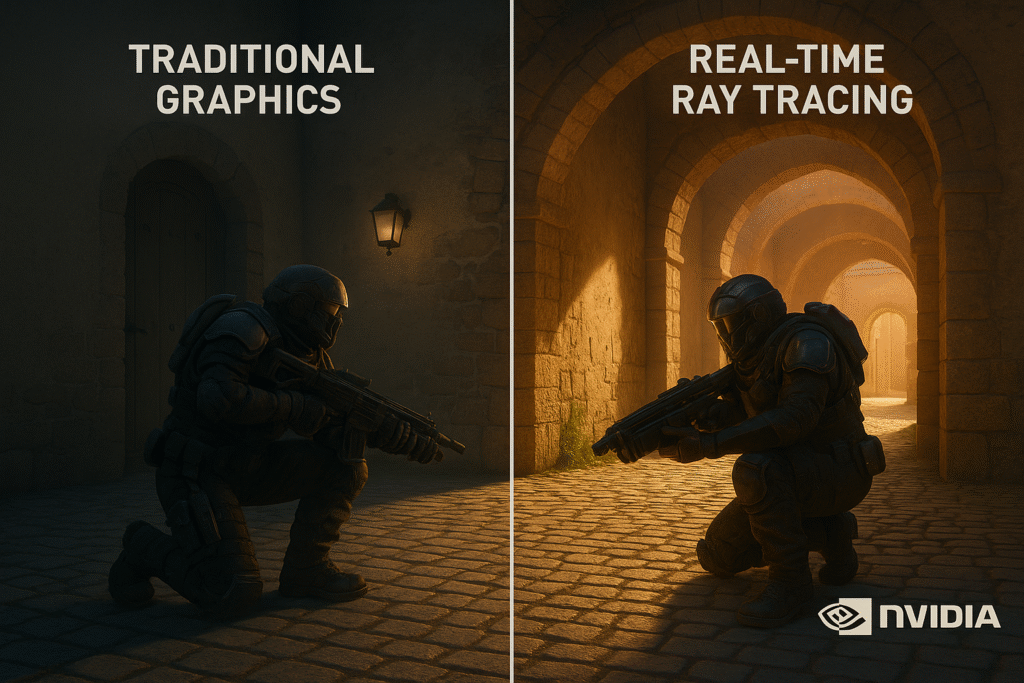
The Vision for the Future: Nvidia’s Continued Innovation
Looking ahead, Huang is focused on expanding Nvidia’s influence beyond gaming and AI. In 2020, Nvidia announced its acquisition of ARM Holdings, a move that will solidify its position in the mobile chip market and expand its footprint in cloud computing.
Huang’s vision for Nvidia is clear: the future of computing is all about connected intelligence. From cloud gaming to AI-powered healthcare, Nvidia is positioning itself at the intersection of gaming, AI, and technology to power the next generation of digital experiences.
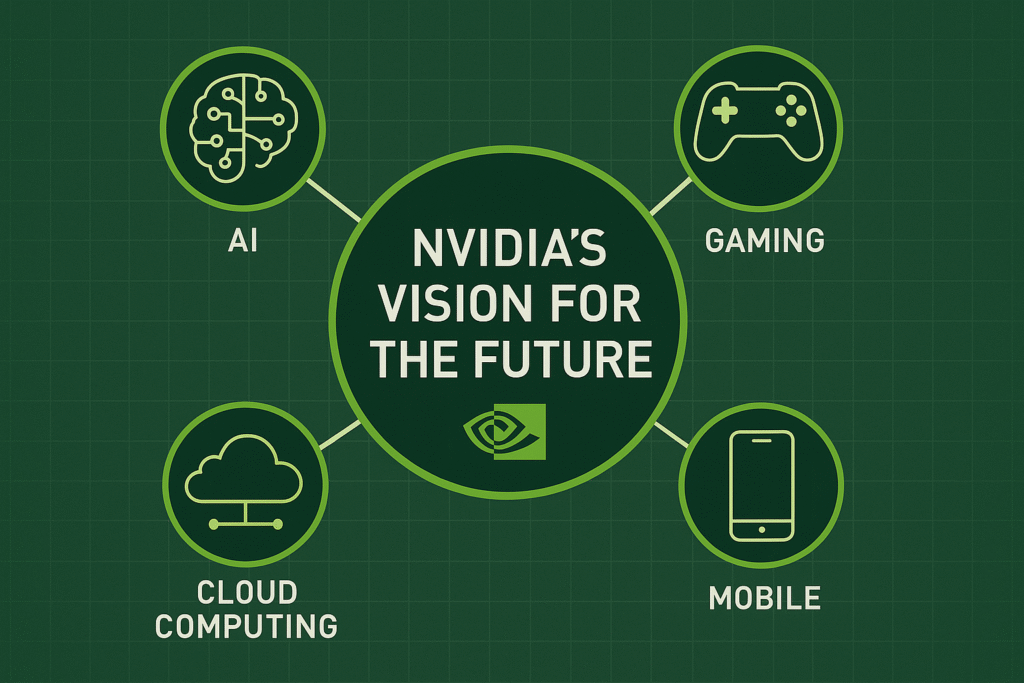
Conclusion: The Legacy of Jensen Huang
Jensen Huang’s journey from a young entrepreneur with a passion for technology to the visionary CEO of one of the most influential tech companies in the world is truly remarkable. Under his leadership, Nvidia has become synonymous with cutting-edge technology in the fields of graphics processing, artificial intelligence, and gaming.
Huang’s ability to anticipate technological trends and lead Nvidia into new markets is a testament to his leadership and foresight. With continued innovation in AI, deep learning, and autonomous technologies, Jensen Huang and Nvidia are set to shape the future of computing for years to come.